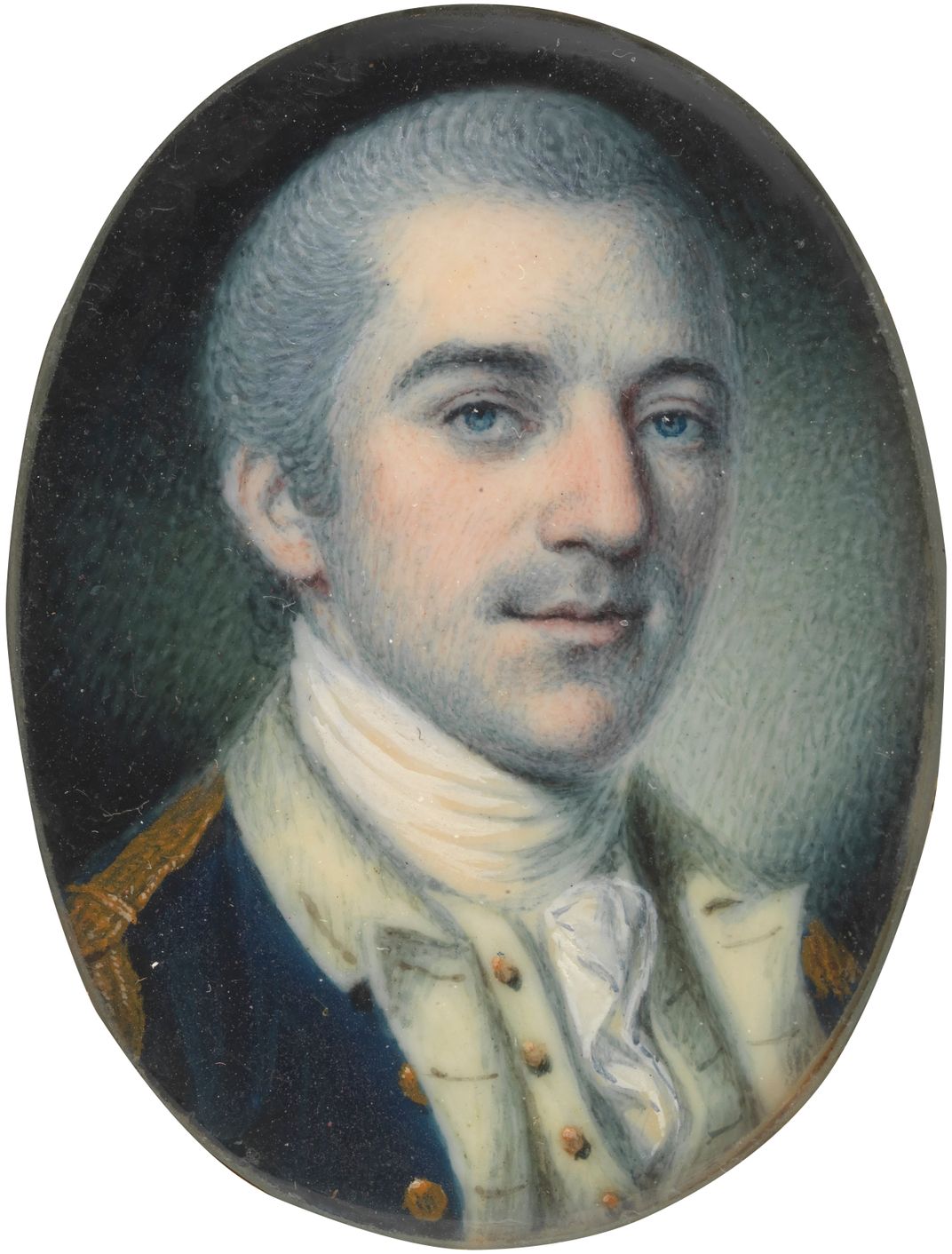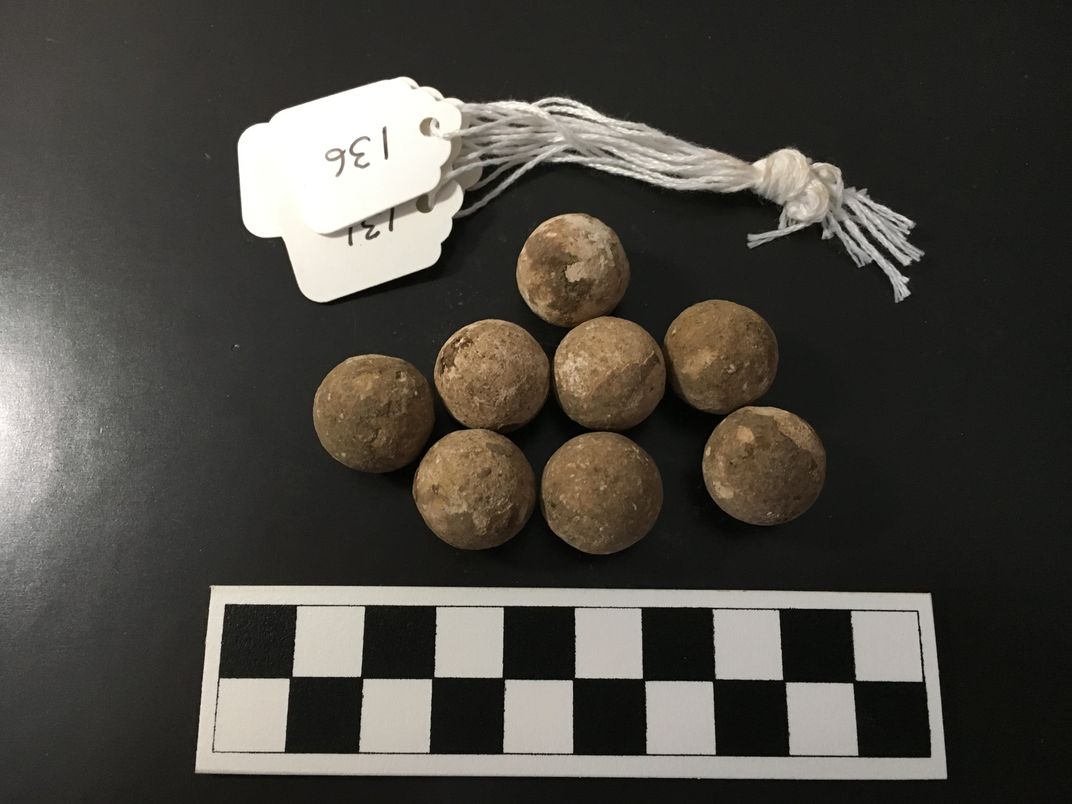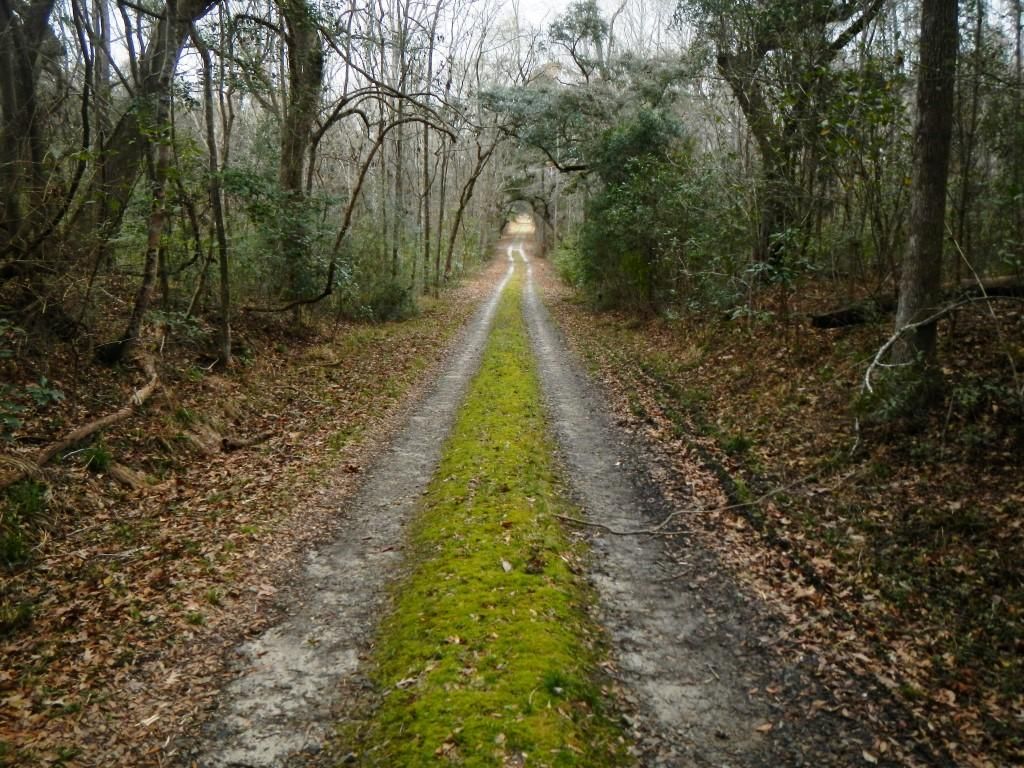Archaeologists Locate the South Carolina Battlefield Where Patriot John Laurens Died
The Revolutionary War officer was notoriously reckless and fought alongside George Washington and Marquis de Lafayette
/https://tf-cmsv2-smithsonianmag-media.s3.amazonaws.com/filer/9d/94/9d94a90d-fa50-4dd5-97fb-e971807639cc/tarbluff_20_2020_08_07_16_08_46_utc.jpg)
Archaeologists with the South Carolina Battlefield Preservation Trust have located the battlefield where Revolutionary War officer John Laurens died in 1782, Adam Parker reports for the Post and Courier.
Today, the land is part of a private quail hunting preserve, so the archaeologists are surveying the site on a deadline—hunting season starts on November 23. The team found the spot where the Battle of Tar Bluff was fought by combining historical evidence like a hand-drawn map with modern technology like LIDAR and metal detectors. The site on the bank of the Combahee River was dotted with artifacts that allowed the archaeologists to retrace the battle, and find within ten yards where Laurens met his end. Now that the site has been discovered, the Trust can include it in the South Carolina Liberty Trail, a driving route that calls attention to sites in the state where battles and skirmishes of the American Revolution took place.
“It’s going to be a chance for people to go out on car trips and visit these sites,” Doug Bostick, director of the SCBPT, tells Isaac Schultz at Atlas Obscura. “There’s nothing like standing in the place where it happened.”

Laurens was born in 1754 to a family made wealthy by the slave trade. He was educated in Switzerland and England before returning to America in 1777 and joining George Washington's "military family" as the general's aid-de-camp. There, he befriended Marquis de Lafayette and Alexander Hamilton. Laurens has name recognition today from his appearance in the musical Hamilton, where he was first portrayed by actor Anthony Ramos. In the musical, Alexander Hamilton receives news of his friend Laurens’ death in a letter. The scene is not included in the soundtrack, so Laurens’ sudden death sometimes comes as a surprise to viewers.
But Laurens’ friends knew that he was as reckless as he was brave. According to the Encyclopaedia Brittanica, Marquis de Lafayette, the French aristocrat who fought for the American revolution, wrote of Laurens that “it was not his fault that he was not killed or wounded” at the Battle of Brandywine near Philadelphia on September 11, 1777; “he did everything that was necessary to procure one or t’other.”

Laurens wasn’t supposed to be stationed at Tar Bluff. He was bedridden, possibly sick with malaria, when he received word of the upcoming skirmish. It was more than ten months after the Battle of Yorktown, and British troops were evacuating Charleston. But on their way out of town, they raided local rice fields and plantations. A contingent of the Continental Army led by Brigadier General Mordecai Gist planned to intercept them at a ferry crossing.
“All during his military career, [Laurens] has shown reckless bravery,” archaeologist Mike Yianopoulos, who led the work at the Tar Bluff battlefield, tells the Post and Courier. “He loves the idea of fighting for the Patriot cause; he was not going to turn this opportunity down. So he leaves his sickbed to fight with Gist.”
Gist sent Laurens and 50 men to secure the Combahee River 12 miles below the ferry. But while Laurens’ troops set up their howitzer artillery, a large-caliber cannon with a short barrel built to fire clusters of grapeshot, the British spotted them, according to a SCBPT statement. The British troops set up an ambush overnight. In the morning, Laurens and another soldier tried to set up the howitzer, but the British struck first. Laurens was killed and the howitzer captured.
The SCBPT located the battlefield based on a map hand-drawn from memory by an anonymous British officer. LIDAR scans of the terrain allowed them to find the remains of two creeks that match the edges of the drawn battlefield. Using metal detectors, they found musket balls, a bayonet and howitzer grapeshot strewn across the battlefield. Bostick tells Atlas Obscura that he can point to the site of Laurens’ death within 30 feet.

The battlefield and the path that Laurens took to his death will be preserved as part of the South Carolina Liberty Trail.
“We’d like to preserve as many of the Revolutionary War battlefields as we can,” Bostick tells the Post and Courier. “We’ve identified 72 battlefields across the state that we’d like to preserve or interpret.”
The purpose of the Liberty Trail is to emphasize the south’s role in the Revolutionary War. More battles and skirmishes were fought in South Carolina during the American Revolution than any other state, reported the Post and Courier in December 2019. However, the Tar Bluff battlefield was also the site of two skirmishes during the Civil War. While surveying the ground for Revolutionary War-era artifacts, the archaeologists found an example of a “slave tag” dated to 1836, when the field was a rice mill, Atlas Obscura reports.
Laurens advocated for manumission, or for slaveowners—including his father—to free the people they enslaved for labor. He argued that the Continental Army should form “black battalions” by paying slaveowners for each person who enlisted and then emancipating them after the war.
“He’s an honest-to-god abolitionist in South Carolina in the 18th century,” Bostick tells Atlas Obscura. “He’s writing to his father about ‘all men being created equal,’ and needing to free the slaves. When he died, that important voice in what he was advocating for then disappeared.”